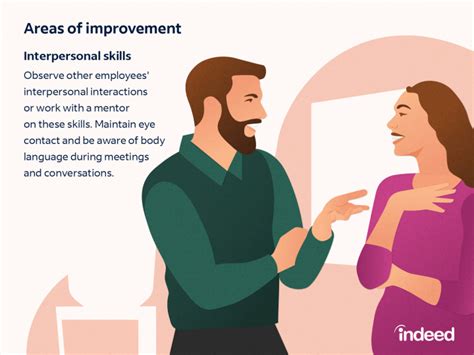Critical thought is a fundamental skill that empowers individuals to analyze and evaluate information effectively, leading to reasoned and well-informed decisions. Defining critical thought involves understanding its core principles and applying them in various contexts. This article explores the essential concepts of critical thought, highlighting its significance in education and professional settings. By delving into practical examples and strategies for development, we aim to illuminate how critical thought enhances problem-solving and decision-making abilities. Whether you’re seeking to improve educational outcomes or foster professional growth, mastering critical thought is crucial for navigating complex challenges and making sound choices.
Join weninsure.xyz as we delve deeply into this topic.
1. Why Define Critical Thought?
Defining critical thought is crucial because it lays the foundation for effective decision-making and problem-solving. In a world inundated with information and diverse viewpoints, the ability to analyze, evaluate, and interpret data critically is more important than ever. By defining critical thought, we establish a clear understanding of how to approach complex issues with a reasoned mindset. This process involves dissecting arguments, recognizing biases, and assessing evidence, which ultimately leads to more informed and objective decisions.
Furthermore, defining critical thought helps in distinguishing between mere opinions and well-supported conclusions. It equips individuals with the tools to question assumptions, evaluate sources, and apply logical reasoning. In educational settings, this clarity is essential for fostering analytical skills in students, enabling them to engage deeply with content and develop independent thinking. For professionals, a well-defined critical thought process can enhance problem-solving abilities and improve strategic planning. Overall, defining critical thought not only strengthens our cognitive skills but also ensures that our decisions are based on careful analysis rather than impulse or misinformation.
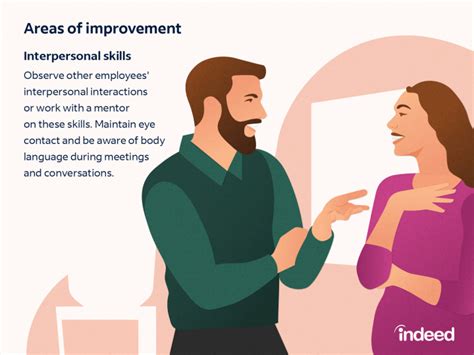
2. How to Define Critical Thought
Defining critical thought involves understanding its core elements and how they apply to various contexts. At its essence, critical thought is the ability to engage in reflective and independent analysis of information. This begins with questioning assumptions and evaluating the credibility of sources. It requires recognizing biases—both in one’s own thinking and in the information being reviewed.
To define critical thought effectively, start by identifying the key components: clarity, accuracy, relevance, and logical consistency. Clarity involves ensuring that ideas are expressed in a clear and understandable manner. Accuracy requires verifying the truthfulness of information and checking facts. Relevance ensures that the information directly pertains to the issue at hand, while logical consistency means that conclusions are supported by sound reasoning.
Additionally, defining critical thought means recognizing the importance of open-mindedness and willingness to reconsider one’s views based on new evidence. This approach encourages a balanced perspective, where one weighs different viewpoints and integrates diverse sources of information. By applying these principles, individuals can cultivate a robust understanding of critical thought and enhance their decision-making processes.

3. What Are the Key Concepts of Critical Thought?
The key concepts of critical thought are essential for understanding and applying this cognitive skill effectively. Central to critical thought is the concept of clarity, which ensures that ideas are expressed clearly and understood without ambiguity. Clarity helps in avoiding misunderstandings and allows for precise communication of thoughts and arguments.
Accuracy is another crucial concept, involving the verification of facts and data to ensure that the information used is truthful and reliable. It requires checking sources and corroborating information to avoid the propagation of falsehoods or errors.
Relevance deals with the importance and applicability of information to the issue at hand. It ensures that only pertinent information is considered, helping to maintain focus on the core aspects of the problem or decision being addressed.
Logical consistency involves evaluating whether arguments and conclusions follow logically from the premises and evidence provided. This concept helps in identifying flaws in reasoning and ensures that conclusions are well-supported.
Open-mindedness is essential for critical thought, as it involves being willing to consider alternative perspectives and revise one’s views in light of new evidence. It promotes a balanced approach to problem-solving and decision-making.
By integrating these concepts—clarity, accuracy, relevance, logical consistency, and open-mindedness—individuals can enhance their ability to think critically and make more reasoned decisions.
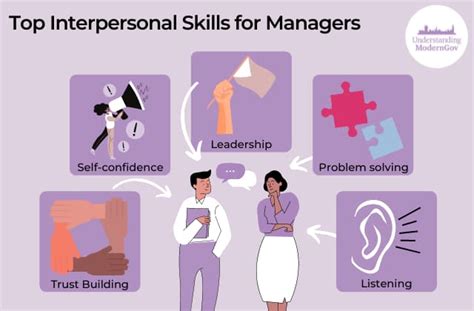
4. Why Is Critical Thought Important in Education?
Critical thought is vital in education because it fosters deeper understanding and enhances learning outcomes. By encouraging students to question assumptions and evaluate information critically, educators help them develop analytical skills that are crucial for academic success and intellectual growth. Critical thought enables students to engage more actively with content, moving beyond rote memorization to a more meaningful comprehension of subject matter.
In educational settings, critical thinking skills encourage students to analyze arguments, solve problems, and make reasoned decisions. This not only improves their academic performance but also prepares them for real-world challenges. For instance, when students learn to assess the credibility of sources and consider multiple viewpoints, they become better equipped to tackle complex issues and contribute thoughtfully to discussions.
Moreover, critical thought promotes independent learning and intellectual curiosity. Students who can think critically are more likely to seek out new information, challenge existing ideas, and pursue innovative solutions. This self-directed approach to learning is essential for lifelong education and adaptability in a rapidly changing world. By integrating critical thought into the curriculum, educators help students develop essential skills that extend beyond the classroom, preparing them for future academic and professional endeavors.

5. How to Apply Critical Thought in Education
Applying critical thought in education involves integrating specific strategies into teaching and learning processes. Educators can start by designing assignments that require students to analyze and evaluate information rather than simply recalling facts. For example, incorporating case studies, debates, and problem-solving exercises encourages students to apply critical thinking skills to real-world scenarios.
Encouraging questioning is another effective approach. Teachers should create an environment where students feel comfortable asking probing questions and exploring different perspectives. This can be achieved through open discussions and Socratic questioning techniques that stimulate deeper analysis.
Providing feedback that emphasizes reasoning and evidence helps students refine their critical thinking skills. Teachers should focus on guiding students through the process of evaluating arguments and identifying biases in their work.
Additionally, incorporating metacognitive strategies, such as self-reflection and peer review, helps students develop an awareness of their own thought processes and improve their ability to think critically. These practices foster a culture of critic
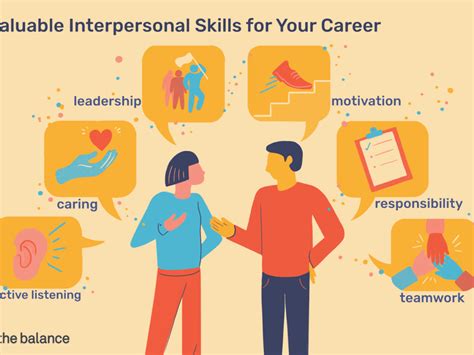
6. What Are Practical Examples of Critical Thought?
Practical examples of critical thought illustrate its application in various contexts. One common example is analyzing news articles. By evaluating the credibility of sources, identifying potential biases, and cross-referencing information, individuals can form a more accurate understanding of current events.
In academic research, critical thought is applied when students assess the validity of different studies, analyze methodologies, and synthesize findings to draw well-supported conclusions. This process ensures that research is robust and reliable.
Debate and discussion activities also exemplify critical thought. In these settings, participants must construct coherent arguments, address counterarguments, and use evidence to support their positions, demonstrating their ability to think critically and engage with multiple perspectives.
Problem-solving scenarios, such as case studies in business or healthcare, require individuals to evaluate complex situations, consider various solutions, and justify their decisions with logical reasoning.
These examples highlight how critical thought can be applied to everyday tasks, academic endeavors, and professional challenges, reinforcing the importance of analytical and
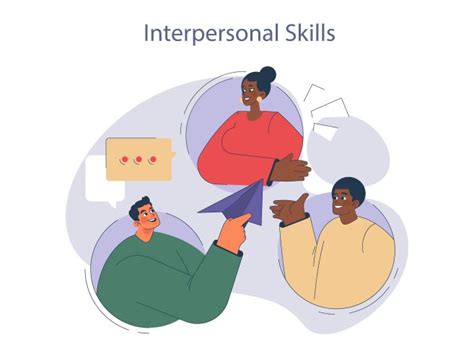
7. Why Should Professionals Cultivate Critical Thought?
Professionals should cultivate critical thought because it enhances their ability to navigate complex and dynamic work environments. In today’s fast-paced world, professionals are often faced with intricate problems and a multitude of data sources. Critical thinking enables them to analyze information effectively, identify key issues, and make well-informed decisions.
For instance, in decision-making processes, critical thought helps professionals evaluate options more thoroughly, consider potential consequences, and avoid common cognitive biases. This leads to more strategic and sound decisions, reducing the risk of errors and improving overall performance.
In addition, critical thought fosters innovation and problem-solving. By questioning assumptions and exploring alternative solutions, professionals can develop creative strategies and improve existing processes. This not only contributes to individual success but also drives organizational growth and adaptability.
Furthermore, cultivating critical thought enhances communication skills. Professionals who think critically can articulate their ideas clearly, defend their viewpoints with reasoned arguments, and engage constructively in discussions. This is crucial for collaboration, leadership, and achieving organizational objectives. Overall, critical thought is a valuable asset that supports professional excellence and advancement.
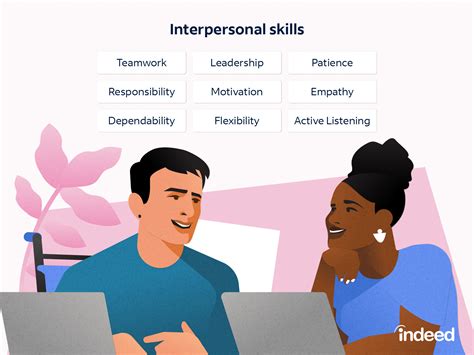
8. How to Develop Critical Thought Skills
Developing critical thought skills involves a combination of practice, reflection, and specific strategies. Start by engaging in reflective thinking. Regularly set aside time to evaluate your thought processes, decisions, and the reasoning behind them. This self-awareness helps identify areas for improvement and reinforces the habit of critical evaluation.
Practice active reading and listening. When engaging with texts or discussions, focus on understanding the arguments presented, recognizing biases, and evaluating evidence. Take notes and summarize key points to ensure comprehension and retention.
Participate in discussions and debates. Engaging in debates and discussions encourages you to articulate your ideas, consider alternative viewpoints, and defend your arguments with evidence. This practice sharpens your analytical skills and helps you think on your feet.
Seek feedback. Constructive criticism from peers, mentors, or supervisors provides valuable insights into your reasoning and helps refine your critical thinking abilities. Use feedback to identify strengths and areas for growth.
Employ problem-solving exercises. Regularly tackle complex problems and case studies that require in-depth analysis and evaluation. This practice develops your ability to approach challenges methodically and make informed decisions.
By integrating

9. What Role Does Critical Thought Play in Problem-Solving?
Critical thought plays a pivotal role in problem-solving by enabling individuals to approach challenges with a structured and analytical mindset. When faced with a problem, critical thought allows you to break it down into manageable components, assess the underlying issues, and identify potential solutions. This methodical approach helps in evaluating the feasibility of different options and anticipating possible outcomes.
By applying critical thinking, you can systematically analyze data, identify patterns, and discern relevant information from irrelevant details. This process reduces the risk of overlooking critical factors and ensures that decisions are based on thorough analysis rather than assumptions or biases.
Furthermore, critical thought encourages creativity in problem-solving. It involves questioning existing methods, exploring alternative perspectives, and considering innovative solutions. This flexibility leads to more effective and adaptive strategies for resolving complex issues.
Overall, critical thought enhances problem-solving by providing a framework for evaluating options, making informed decisions, and developing strategies that address problems comprehensively and effectively.

10. Why Is Critical Thought Essential for Effective Decision-Making?
Critical thought is essential for effective decision-making because it ensures decisions are based on thorough analysis rather than intuition or assumptions. By systematically evaluating information, identifying biases, and considering various perspectives, critical thought helps in making well-informed choices.
In decision-making, critical thought enables individuals to assess the validity of options, weigh the potential risks and benefits, and anticipate the consequences of their choices. This approach minimizes the likelihood of errors and enhances the ability to make sound decisions that align with long-term goals and objectives.
Moreover, critical thought fosters objectivity and reduces the influence of cognitive biases, leading to more rational and balanced decisions. It also promotes a structured decision-making process, allowing for clearer rationale and justification of choices made.
Overall, critical thought is vital for navigating complex situations and making decisions that are logical, well-supported, and aligned with strategic goals.
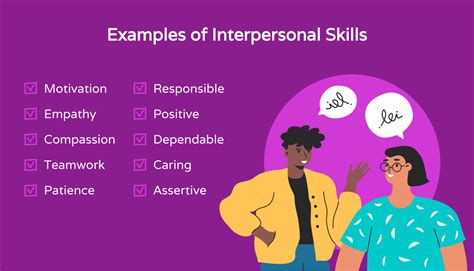
Incorporating critical thought into daily practice enriches decision-making and problem-solving across various contexts. By defining and applying key concepts such as clarity, accuracy, relevance, and logical consistency, individuals can enhance their ability to analyze information, question assumptions, and make well-informed decisions. Whether in education, professional settings, or personal life, critical thought empowers individuals to navigate complexity with a reasoned approach. De
weninsure.xyz

